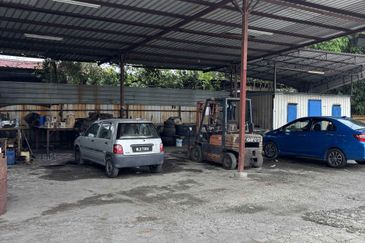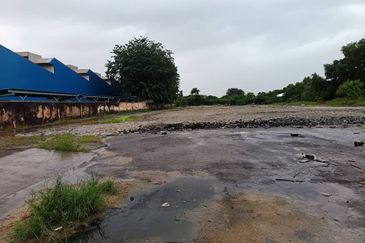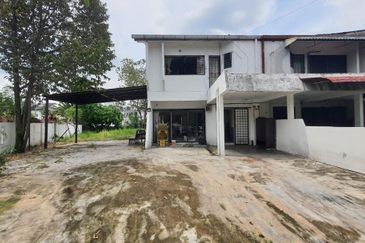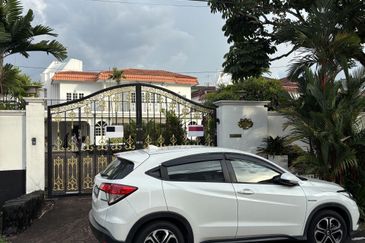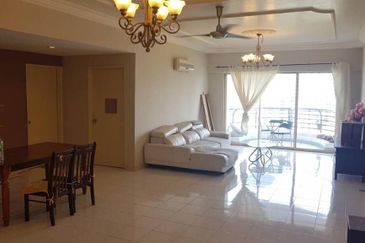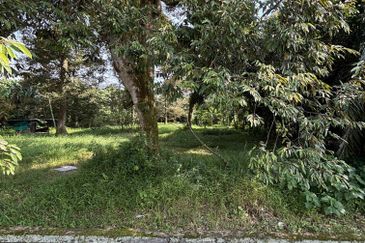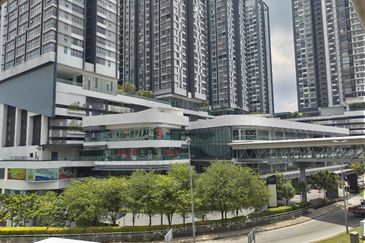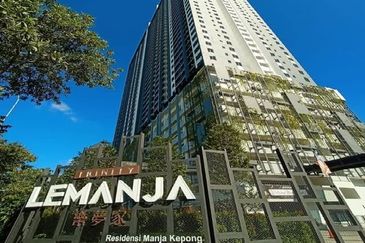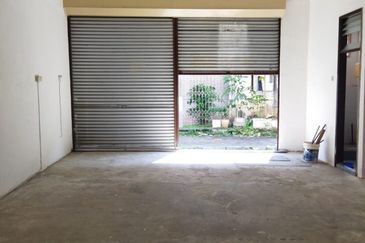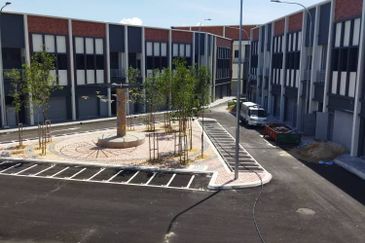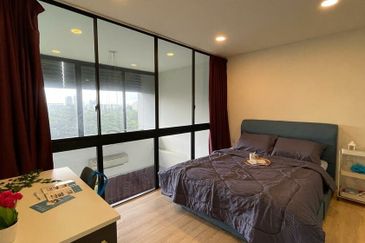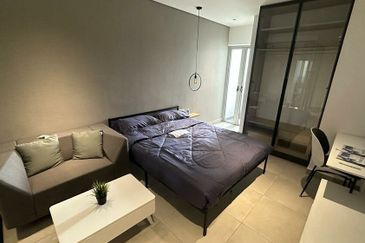KUALA LUMPUR (Aug 8): Industry players say the perceived slow demand in low-cost housing units is mainly due to difficulty in securing financing, unsuitable location of projects as well as a shift in demand towards better quality projects.
In July, Real Estate and Housing Developers’ Association president Datuk Seri FD Iskandar Mohamed Mansor said there were more than 100,000 unsold low-cost units in Selangor, adding that an in-depth study is needed to address this issue.
Mah Sing Group Bhd chief executive officer Datuk Ho Hon Sang said the lack of demand for low-cost units could be due to a mismatch in location and type of product, adding that the government should review its requirements for low-cost houses.
“We feel that it is timely for the government to review the requirements for low-cost houses to allow property developers to explore and offer better developments, such as RUMAWIP and Rumah Selangorku projects which are in high demand because they fit into the requirements of the rakyat,” Ho told The Edge Financial Daily.
The government had previously required that low-cost units make up at least 30% of development projects, but this has since been adjusted to include both low-cost and affordable ranges of homes.
“The policy has been fine-tuned as they have divided the requirements into [those for] low-cost and affordable units,” said Rahim & Co director Sulaiman Akhmady.
“This is good, as at least the property segment does not put out as many low-cost units in the market, because the demand is actually stronger for medium-cost units or the affordable housing segment,” he added.
However, further efforts are required in addressing the issue with low-cost housing, said Sulaiman, as the low-income group is facing difficulties in securing loans for these units, due to their inability to meet the credit requirements.
According to Syarikat Perumahan Negara Bhd (SPNB) — a government agency under the supervision of the Finance Ministry tasked with developing affordable homes — generally about 20% to 30% of low-income buyers who have been shortlisted for these low-cost units end up not being able to secure a loan.
Sulaiman said a potential solution for this could be through having more rent-to-own (RTO) schemes, adding that he expects more of such schemes to come up in the future.
“The government has already started with the RTO schemes under PR1MA (1Malaysia People’s Housing Programme) and this is probably going to be the future trend,” he said.
Sulaiman also echoed the suggestion by Second Finance Minister Datuk Seri Johari Abdul Ghani of the establishment of a single government-related entity to monitor the local property market, to better coordinate the supply of low-cost and affordable housing.
While the issues pertaining to the housing segment should fall under the purview of a single entity, he pointed out that land is still a state matter.
“At the end of the day, land is a state matter and I am sure that different states would have different priorities.
“So maybe each state government could have its own implementing agency, but coordinated by a central body on the federal government level,” he said.
SPNB director Datuk Abd Hamid Abu Bakar said the agency’s recent low-cost projects have seen good reception from buyers, pointing out the oversubscription of the 229 units under the Rumah Idaman Rakyat project in Paka, Terengganu.
“We have consistently seen oversubscription in our projects, as the locations of our projects suit the needs of the purchasers. Our project in Paka, for example, saw oversubscription of about 10 times,” he said.
Abd Hamid said there is no shortage in demand for SPNB’s units, especially as applications can now be done online, adding that the empty units under its programmes will be filled once the respective state governments have shortlisted new candidates.
He emphasised the importance of location for these types of projects, pointing out that the Paka project is located close to Petroliam Nasional Bhd’s Terengganu Gas Terminal.
For the Klang Valley region, he said low-cost housing projects are better suited for the suburban areas that have convenient access to infrastructure and amenities.
“There are some projects that are located north of the Klang Valley, such as in Bukit Beruntung, which did not sell well due to the lack of infrastructure and amenities such as public transport and schools,” he said.
This article first appeared in The Edge Financial Daily, on Aug 8, 2017.
For more stories, download TheEdgeProperty.com pullout here for free.
TOP PICKS BY EDGEPROP
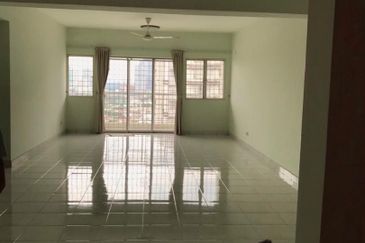
Dataran Prima Condominium
Kelana Jaya, Selangor
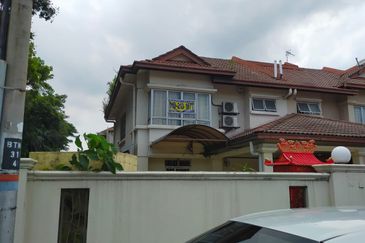
Bandar Bukit Tinggi
Bandar Botanic/Bandar Bukit Tinggi, Selangor
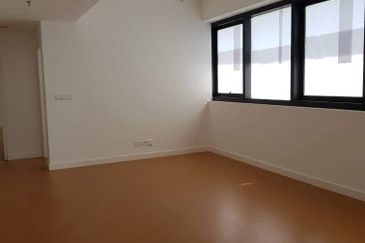
The Hub @ Petaling Jaya
Petaling Jaya, Selangor
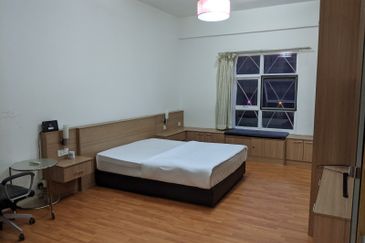
May Tower Serviced Residences
KL City, Kuala Lumpur

Citizen 2
Jalan Klang Lama (Old Klang Road), Kuala Lumpur

hero.jpg?GPem8xdIFjEDnmfAHjnS.4wbzvW8BrWw)
